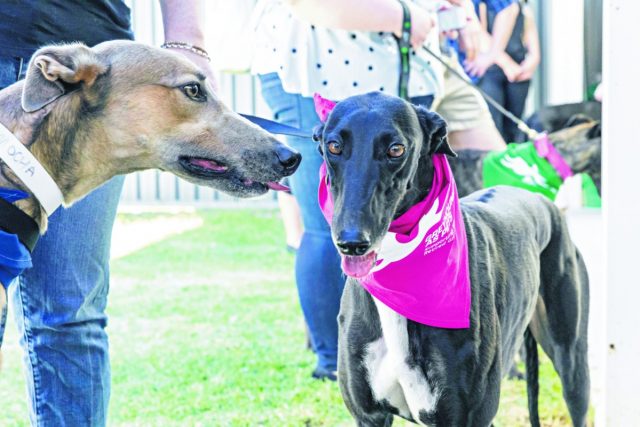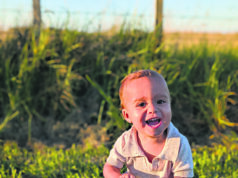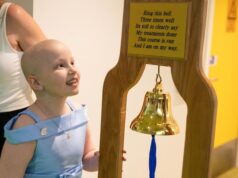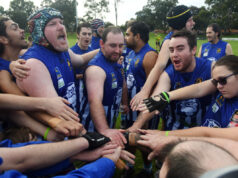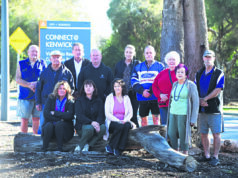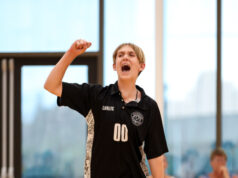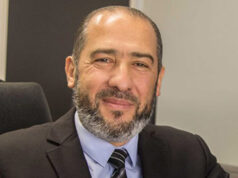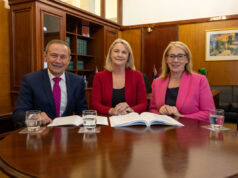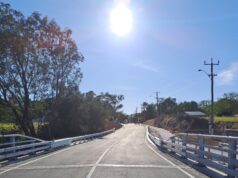The Coalition for the Protection of Greyhounds (CPG) continues to debate whether
Racing and Wagering Western Australia (RWWA) should reduce the number of greyhounds racing to six dogs or less, after one greyhound was killed and five suffered severe
fractures at Greyhounds WA earlier this month.
The five dogs were injured during an eight and seven-dog race at Cannington over a
fortnight, while two-year-old greyhound ‘Disastrous’ was killed during an eight-dog
race after having sustained five front leg fractures.
The recent incidents are in addition to the 14 other cases reported in 2020.
CPG divisional manager Andrea Pollard said what happens to racing greyhounds is carnage and the public is always disgusted by the ongoing animal cruelty.
“Already this year there have been three greyhound on track deaths in WA due to horrible
injuries plus who knows how many more off track so it’s hardly rare,” she said.
“Last financial year, RWWA’s annual report showed 49 greyhounds were killed due
to racing injuries.
“The government likes to say only 0.5 per cent of greyhounds are injured annually, but the figure is actually 52.9 per cent if you do the maths
honestly.”
Ms Pollard said the 0.5 per cent figure is ‘created’ by describing annual major injuries
as a percentage of the total number of ‘starters’ (which includes every race run by each
greyhound annually), instead of simply looking at injuries as a percentage of greyhounds
competing during a given period.
“For example, in the last RWWA financial year, while there were 25,750 starters,
there were only 1,391 individual greyhounds racing,” she said.
“So, with 736 injuries reported for 1,391 greyhounds racing in that year, it’s clear that
about one in two greyhounds here got injured.”
A spokesperson for Racing and Wagering Western Australia said the level of injury
sustained by the greyhound called ‘Disastrous’ was very rare for this type of incident.
“It is truly devastating for all,” the spokesperson said.
“The owners and trainer are deeply upset by their loss.
“Of the five greyhounds that were injured, four are currently undergoing treatment
through RWWA’s Greyhound Injury Full Recovery Scheme and following the appropriate
veterinary care will be rehomed through the Greyhounds as Pets (GAP) program.”
RWWA confirmed the other greyhound currently remains in the care of the trainer who
indicated the greyhound will be retired and is undergoing the required veterinary treatment and will be eligible for the Greyhound Injury Rebate Scheme.
However, the trainer indicated the greyhound will be retired.
The Greyhound Injury Rebate Scheme provides financial assistance to owners and
trainers to cover the cost of veterinary treatments.
Alternatively, under the Greyhound Injury Full Recovery Scheme they are able to sign over the ownership of the greyhound to RWWA, where all veterinary costs are paid for, and once recovered the greyhound is rehomed through the GAP program.
The RWWA spokesperson said the organisation continues to ensure that the highest level of welfare is provided to racing greyhounds in Western Australia at all
times.
“Present at all greyhound race meetings is an On-Track Veterinarian (OTV) and a Veterinarian Nurse,” the spokesperson said.
“If a greyhound exhibits any sign of injury during a race, it is attended to immediately by the OTV to undergo veterinary examination.
“High performance athletes, whether human or animal, may experience injuries in the course of exercise and competition.
“RWWA has engaged professor David Eager from the University of Technology Sydney (UTS) to conduct a review of WA’s three greyhound tracks, as was being undertaken nationally.
“We will also assess injury statistics from jurisdictions that have trialled six dog fields along with all other factors to determine appropriate field sizes.
“In WA greyhound racing, 99.5 per cent of starters race safely without sustaining major injuries.
“The causes of major injuries involve numerous factors with many scientific studies proposing various elements that contribute to their occurrence, exclusive of other factors such as contact from other runners and field sizes.”
However, Ms Pollard said that for RWWA to delay introducing six-dog races made no sense when UTS research on how six-dog races reduce the injury rates had been available since 2017.
“The delay involved in RWWA re-assessing the six-dog trials done elsewhere means more dogs will die in eight and seven-dog races here,” she said.
“Why are they looking at the same data again?
“As well as UTS’s research, the UK and Irish experience with six-dog racing also shows smaller fields reduce death and injury rates.
“RWWA’s had three years to take action, but instead they talk about injury recovery schemes.
“It would be smarter to reduce injuries in the first place by racing on straight tracks and by running only six dogs per race.
“High performance athletes suffer injuries, but they compete by choice – the dogs don’t, nor do they bank their winnings – and human athletes aren’t put down like greyhounds are when they break a leg,so comparisons like this are absurd.”
However, RWWA said track conditions were inspected by RWWA stewards at the beginning of every meeting and periodically throughout the meeting to ensure it suitability for racing.
It also stated all race tracks were designed with safety of the greyhound athlete in mind and include such things as camber, careful surface preparation and monitoring
track conditions using scientific instrumentation.


